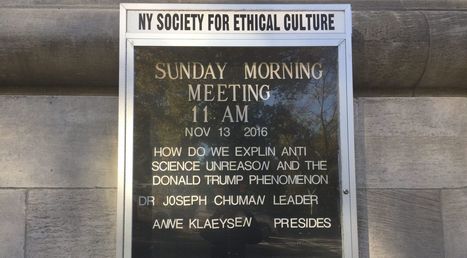When the US presidential election was called, even Republican strategist Mike Murphy declared data dead. Others have said it’s the end of polling.
To those who felt a Hillary Clinton victory was all but certain, Donald Trump’s success at the polls might undermine faith in big data. But this sentiment misunderstands statistics. Data is impartial and accurate; when things go wrong, it’s usually when we try to interpret it.
How different people assess risk and make decisions often comes down to how we perceive probabilities. Assigning a probability to an uncertain outcome is part art and science. The most scientific way is to use data—in this case, polling numbers.
This time, election forecasts based on polling data were spectacularly inaccurate. They predicted an easy Clinton victory, and assumed that women and college-educated voters would turn out for her in large numbers. In fact, according to exit polls, 42% of women voted for Trump, including 45% of white women with college degrees.
Forecasts also predicted hardly any minority voters would consider Trump. But they did. Minority groups voted more for Obama than Clinton. A non-trivial number, nearly one third of Hispanics and Asians, voted for Trump.
What seems like a failure of polling data, though, is really our inability to approach the data objectively....



 Your new post is loading...
Your new post is loading...








The end of polling or simply the failure of humans to interpret correctly? Thoughtful reflections on polling.